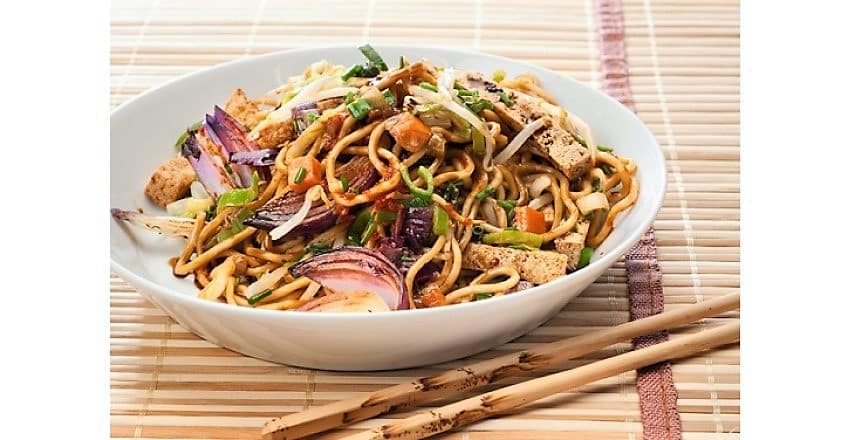When you think of Asian cooking, the word “umami” almost always comes to mind. Known as the fifth taste – alongside sweet, sour, salty, and bitter – umami brings depth, complexity, and savoriness to dishes across Japan, China, Korea, Thailand, and beyond. But what exactly is umami, and how does it show up in Asian cuisine?
What Is Umami?
Umami translates from Japanese as “pleasant savory taste.” It comes from glutamates, naturally occurring amino acids that trigger a rich, mouth-coating sensation on the palate. This taste lingers, enhancing other flavors without overpowering them.

Key Sources of Asian Umami
Across Asia, chefs and home cooks alike rely on umami-rich ingredients to create balance and depth in their dishes. Some of the most common sources include:
- Soy Sauce: A staple across East Asia, fermented soy sauce adds salty, savory complexity.
- Miso: Fermented soybean paste that delivers earthy umami to soups, marinades, and sauces.
- Seaweed (Kombu, Nori, Wakame): Especially central in Japanese cuisine, seaweed is loaded with glutamates.
- Fish Sauce: A Southeast Asian essential, made from fermented anchovies, lending dishes an unmistakable depth.
- Dried Mushrooms: Shiitake mushrooms in particular bring a meaty, savory kick to broths and stir-fries.
- Fermented Pastes: Think gochujang in Korea or shrimp paste in Thailand—powerful, concentrated umami bombs.
Why Umami Matters
Umami is more than just flavor – it’s harmony. In many Asian cuisines, it balances sweet, sour, salty, and spicy notes, creating layered dishes that feel both comforting and exciting. It also enhances satisfaction, making meals feel more complete and memorable.
Experiencing Asian Umami
Whether you’re sipping Japanese miso soup, dipping sushi into soy sauce, enjoying Korean kimchi stew, or savoring Thai green curry, you’re tasting umami at work. It’s the secret thread tying together the richness of Asian gastronomy.
Final Thoughts
Asian umami isn’t just a flavor – it’s a culinary philosophy. By combining natural, fermented, and aged ingredients, Asian cooking has mastered the art of savoriness, turning every bite into an experience that lingers.






